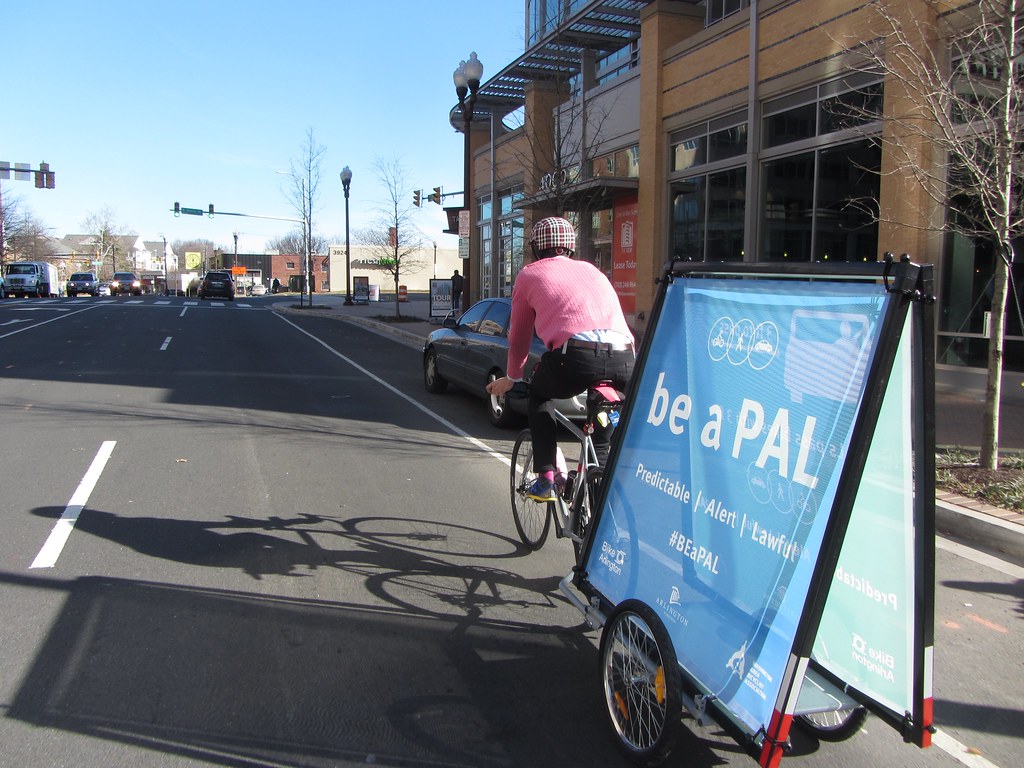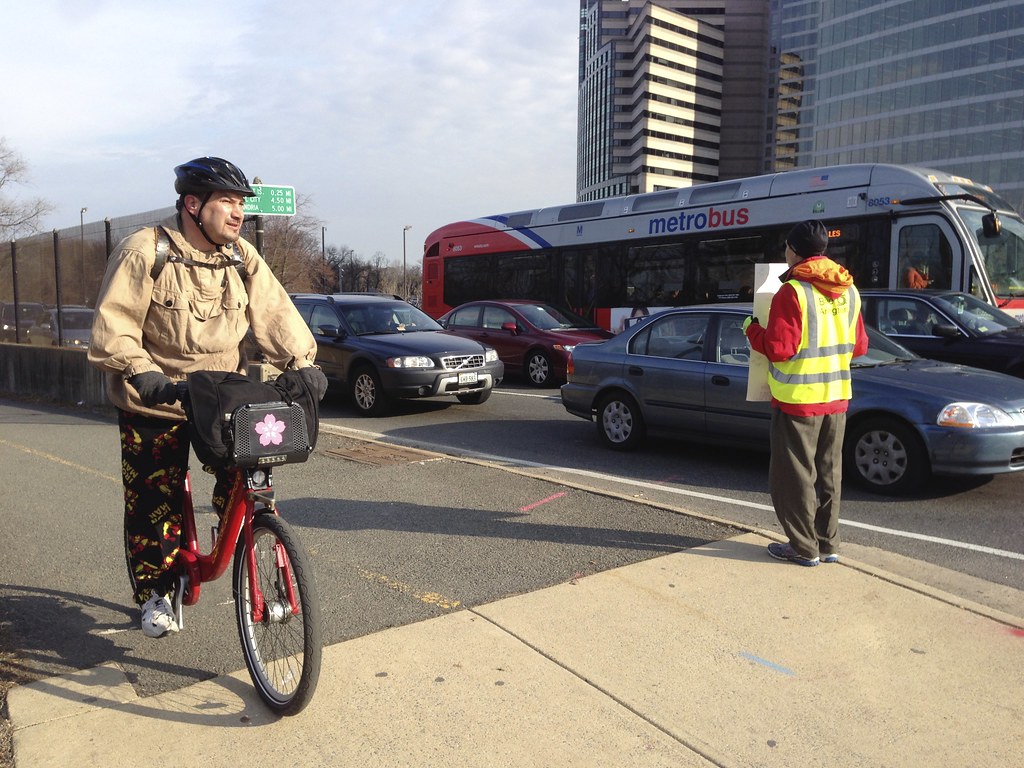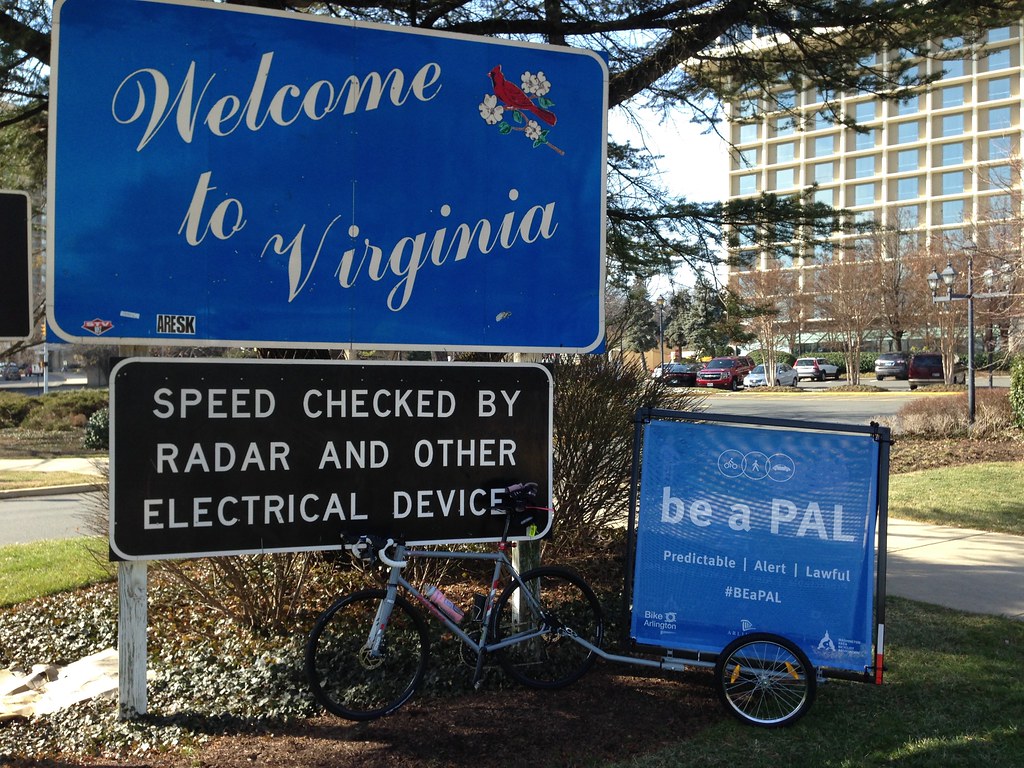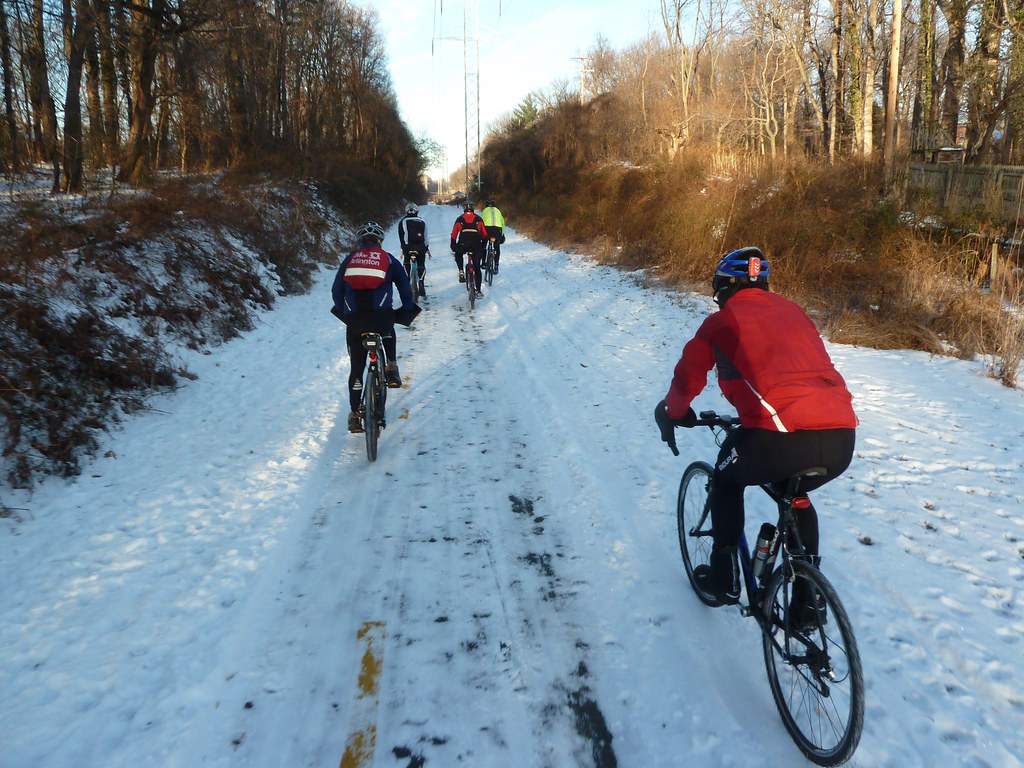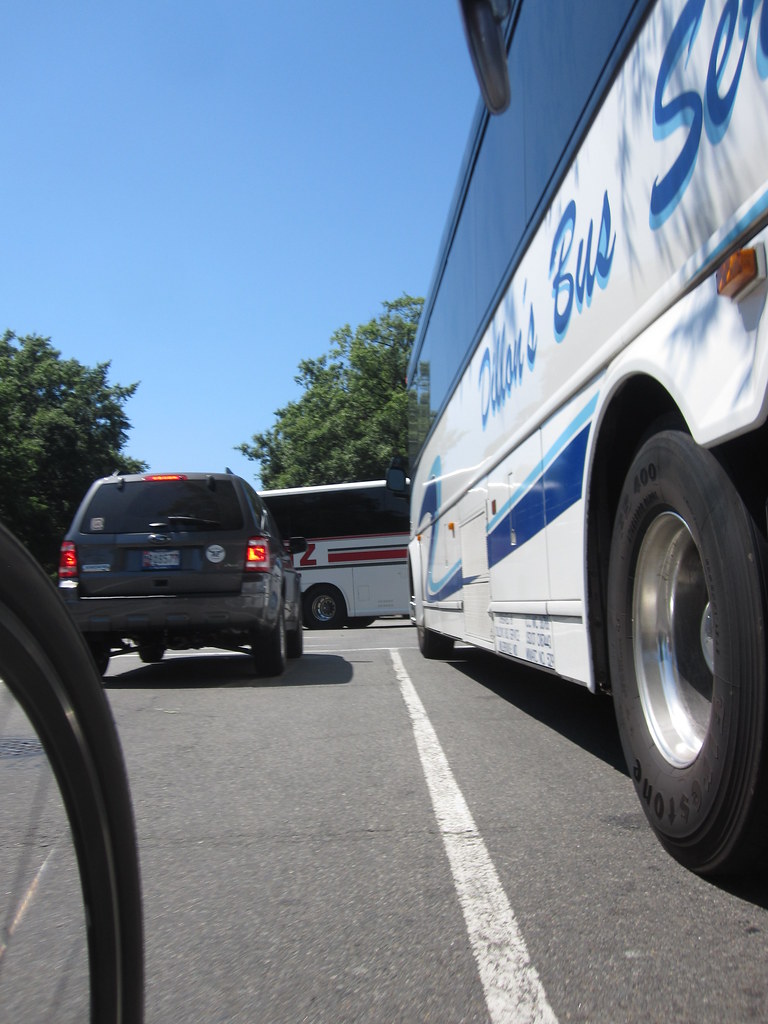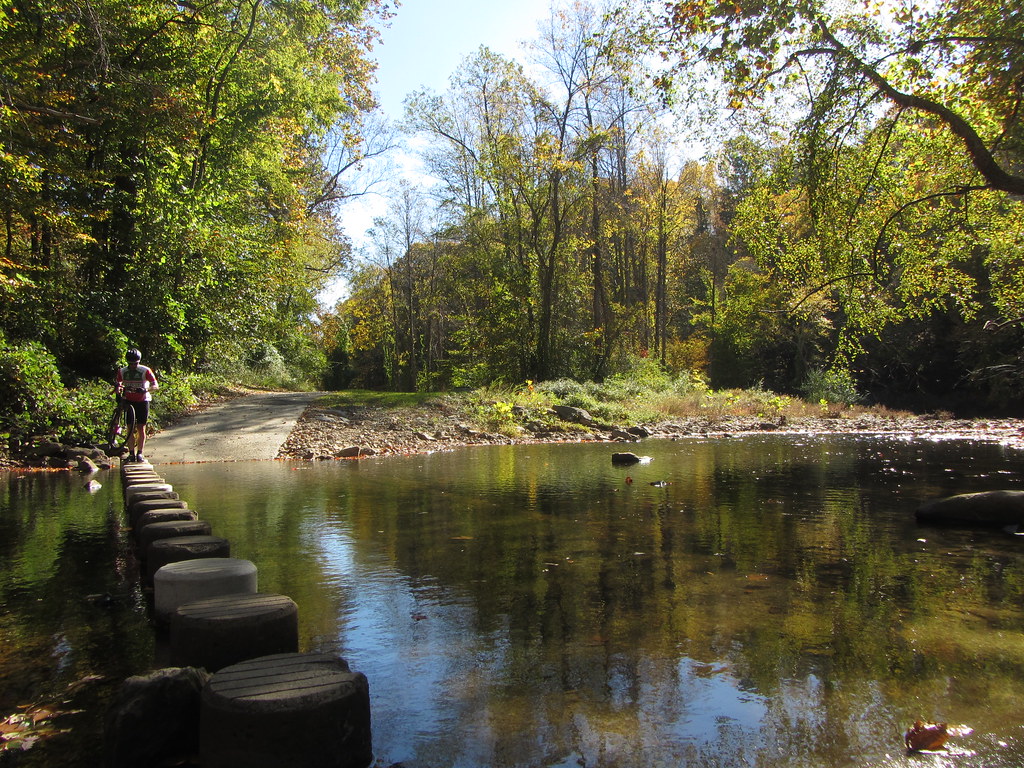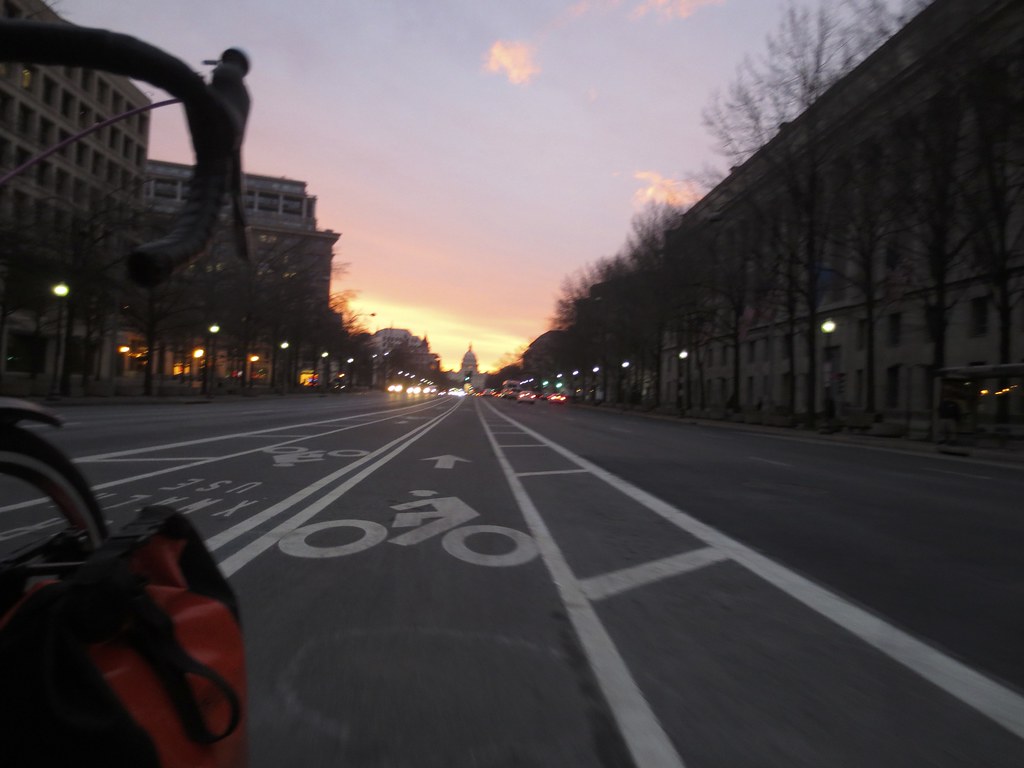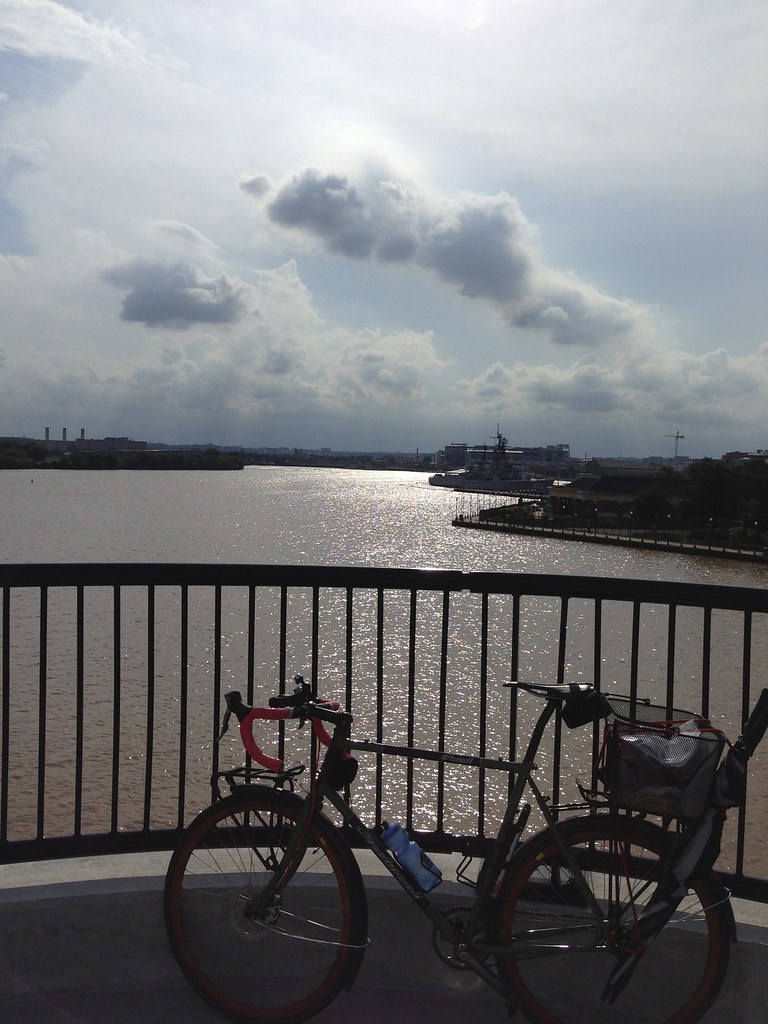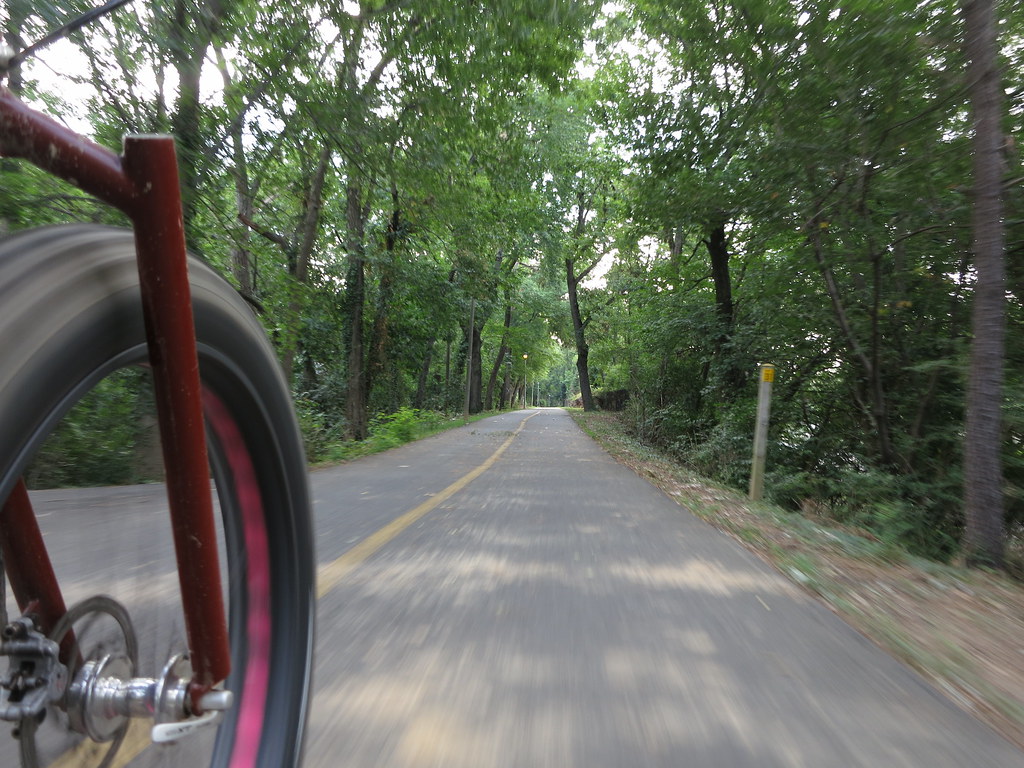I’m Pete and I was hit by a car last week. It wasn’t a bad accident. I walked away from it. Like most accidents, it could have been avoided.
What happened? Basically the driver drove his car out of the driveway, drove around the corner, cutting it close to the left curb and was looking down. He didn’t see that I was coming to a stop at the intersection. He was 50’ from his house when he ran into me head-on.
Why did it happen and what did we learn?
First: Morning routines can be bad! We all do things in the morning that maximize our time to sleep and help us remember what we need for the day. We sometimes shortcut things, multi-task, and even start moving before we’re really ready.
Solution — Be Predictable: This man’s morning routine made his behavior erratic and unpredictable. What made sense to him inside his car made it impossible for him to drive safely and for me to predict where he was going or what he was doing.
Second — Some activities require your full attention: We all take shortcuts and multi-task to save time and make life easier. That’s okay if you’re making toast. It isn’t okay if you’re walking, riding or driving down the street. Each of those tasks requires your full attention.
Solution — Be Alert: An attentive driver would have seen the cyclist in reflective clothing with a bright headlight even though conditions were not great. If it is dark and/or weather makes visibility challenging, it requires MORE focus, not less.
Third: Don’t break the law for the sake of convenience. We all pick and choose which laws we obey and which ones we ignore for the sake of convenience or expedience. This driver broke 6 or 7 traffic laws in the first 50 feet of his commute and they combined to cause an accident. None of the laws he broke were really a big deal. It was how they combined together that put a cyclist on the hood of his car.
Solution — Be Lawful: Rules of the road are there for a reason. They save lives. That message isn’t just for drivers, but for pedestrians and cyclists too.
What did I learn from this?
Good people sometimes do foolish, careless things. The guy that hit me wasn’t a jerk. He wasn’t aggressive or rude. He just made a few mistakes and was a little careless. We all do things like that, though I’d hope not while driving.
Patience, understanding and respect make bad situations much easier to deal with. I wasn’t always mellow, polite and respectful after accidents like this. I’ve tried every other way to behave in bad situations and being calm and kind is the only one that protects my safety and livelihood in the long run.
This driver was amazed at how mellow I was and had no problem at all with doing what was right in the aftermath of the accident. If I was angry and yelling, things would have gone much differently.
Being a PAL helps, but it can’t prevent every accident. We all need to work together to make streets safer. I did everything right on my morning commute. I still got hit by a careless driver.
